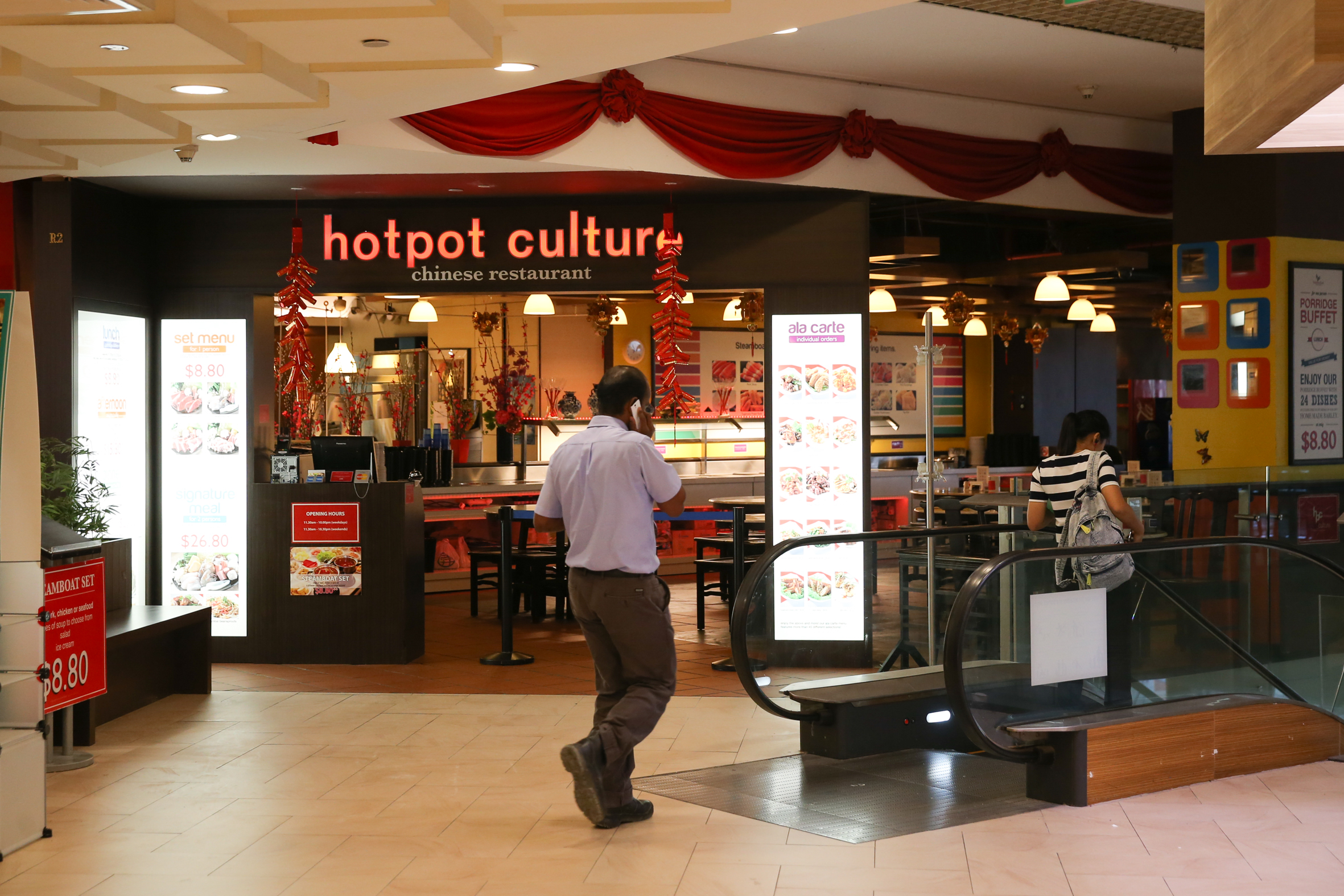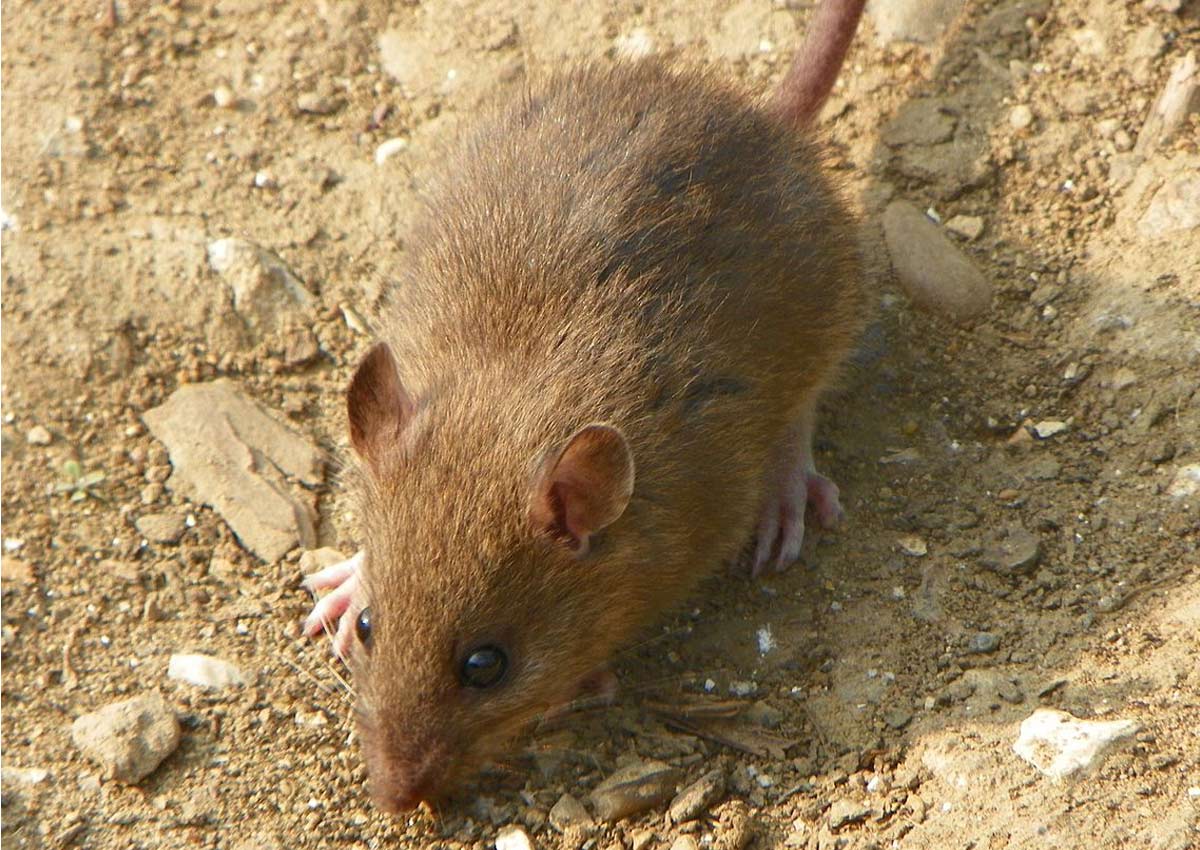They live around us, thriving on the scraps of food left lying around in homes and shopping malls, typically in the dark of the night.
But in recent times, incidents of rats seen scurrying about in the day have gained widespread media attention. Pest control experts said this is an indication that the rodent scourge in Singapore is on the rise.
“If rats are seen during daytime, you can be sure that there is a high infestation of rats,” said PestBusters chairman and chief executive Thomas Fernandez.
PestBusters is one of five pest control firms to report increases of between 20 per cent and 60 per cent in rat-related inquiries.
The firm, which has been in the business for 25 years, received 1,563 inquiries involving rats last year – a 55 per cent rise from the 1,006 inquiries the year before.
In the first quarter of this year alone, it received more than 400 calls involving rats.
At Innovative Pest Management, three out of five calls made to its hotline are about rats. Its technical director Hadi Hanafi said: “We started seeing an increase in calls after the Bukit Batok incident two years ago.”
These days, rats can be seen lurking around construction sites, restaurants, common areas of shopping malls and in homes, pest controllers said.
Last week, it was reported that Marina Bay Link Mall, part of the Marina Bay Financial Centre, was the latest mall to have rat issues. Dried droppings were found in the false ceilings of a food outlet and a common area of the mall during an inspection. Shortly before that, a Facebook user uploaded photos and a video of a rat in the bread section of the FairPrice outlet in Kang Kar Mall next to Hougang Mall.
Keeping the premises clean is crucial in the battle against rodents but the urbanisation of Singapore’s landscape has contributed to the recurring rat problem, said Dr Chan Hiang Hao, a medical entomologist at Rentokil Singapore. He has received an average of 55 rat-related inquiries a month since January.
“Urbanisation provides greater availability of resources for the rats, causing them to have a generally higher growth rate,” said Dr Chan.
See also: Rats! Problem is still plaguing Singapore
For instance, the common Norway rat or brown rat can mature in 10 to 12 weeks in an urban environment , after which it is capable of giving birth to six litters – each consisting of about eight pups – every year.
Another reason for the spike in the rodent population could be the trend of mixed-use developments, said Ms Audrey Ong, who is the business development manager at Origin Exterminators.
“There are now more food places distributed throughout buildings, and where there are people and food, there will be rodents,” she said.
Ms Ong added that false ceilings, especially those used in commercial buildings, are often “ideal habitats” for rodents. She said: “These are hidden areas of a building that pest controllers may not check frequently because access can be limited.”
To target these problem spots, the firm has started using infrared sensors that can gather real-time data on rat activity.
Some experts also believe that current rodent control methods have not evolved to deal with the rats.
“The rats are very intelligent and they can recognise the baits that are used over time,” Mr Hadi said.
“If they bring the bait home and one of them dies from feeding on it, they will not touch the rest of it.”
Rats have also learnt to avoid the metal cages and glue boards typically used to catch them, experts said. That is why empty traps cannot be a sure sign that the problem is at bay, they added.
“It’s not reasonable to expect that there will be zero rats,” said Ms Ong. “But if the population is low, you won’t usually see them in the day because rats are biologically nocturnal. If the colony is growing fast, the weaker ones will be out to forage during the day, due to competition for food.”
Many experts said pest control measures, such as inspections and maintenance of traps, should be an ongoing effort.
Said Mr Hadi: “It is not just about getting the cheapest quote because the people you get may not be well- trained to target the rat colonies and eliminate them.”

No return of menace at Marina Square
When a dead rat was found in a vegetable dish at Chinese restaurant Hotpot Culture in Marina Square, it crippled business at other eateries in the mall.
Now, almost 18 months on from when pictures of the rodent’s carcass circulated online, the restaurant has reopened and others that survived the downturn in customers there have put the incident behind them. Many told The Sunday Times that they have regular pest-control measures in place and have not seen a return of the rat menace.
The Hotpot Culture incident triggered thorough inspections by the National Environment Agency (NEA), which later found signs of rodents in the false ceilings of 14 food outlets at Marina Square, and at one of the mall’s bin centres. At least five eateries at the mall closed down in the aftermath of the incident, owing to a lack of customers.
The Sunday Times visited the mall during lunch time last Friday and found business to be slow in several eateries. However, Chic-a- Boo Fried Chicken manager Alex Yong said this was because customers mainly visit in the evenings and on weekends. He added that the mall may be quieter than usual lately because of renovations.
Monthly checks are conducted at the food outlet and it is required to submit pest-control reports for monitoring to the mall management.
Similarly, Chinese eatery Yechun Xiao Jiang Nan’s manager, Mr Daniel Choo, said: “The pest-control workers inspect our kitchen and storage areas twice a month.”
Cleaner Mohd Zubir, 58, who has worked at the mall for about two years, said traps are placed in different parts of the mall and checked twice daily.
“I don’t see rats any more,” he said. “When there are food stains on the floor, we always clean it up quickly.”
These efforts have not gone unnoticed by visitors to the mall.
Mr Benson Sun, 44, who works in sales, said: “I’ll be happy to eat anywhere in the mall. I don’t see the rats anywhere so I’m not worried.”

Rodent control efforts make a difference at temple
Three months ago, it was common to see an average of four giant rats a day at the See Thian Foh Combined Temple in Bukit Batok.
Since the authorities carried out an extensive rodent-busting operation at the site, the situation has improved, though staff and volunteers at the temple still see “one or two small rats occasionally”.
The temple’s administrative clerk, a Ms Ang, 33, said: “Previously, we would see about four or five big rats in the day, hiding among the plants in the temple grounds.”
She added that some could even be up to 15cm long.
One 72-year-old volunteer, who gave her name only as Ms Sim, said: “A few rats will still be around, so we continue to put out traps and rat poison. But the situation is much better now than before.”
In April, the National Environment Agency (NEA) and Housing Board intensified pest-control efforts after rat activity was reported on vacant state land behind the temple.
The agencies uncovered 20 burrows along a nearby footpath and found food sources to be the primary cause of the infestation. They said the situation was brought under control within five days.
The incident came about a year after more than 230 rats were killed in a hilly area next to Bukit Batok MRT station.
The NEA said that unattended offerings were found on two unauthorised altars behind the temple. The HDB worked with the temple operator to move the altars inside.
People would frequently leave food to feed the stray dogs in the open, which added to the rat problem, Ms Sim said.
However, the practice stopped soon after the authorities were called. A surveillance camera was installed on the vacant land, which is now inspected about twice a month.
When The Sunday Times visited the temple last Friday afternoon, three metal cages with cuttlefish bait were seen at the back of the temple. Ms Sim said that a rat was trapped last Monday, but she was not concerned about the rodent infestation returning.
“We all chip in to keep the temple premises clean and we also throw out the trash every day,” she said. “The rats won’t have a chance.”

This article was first published on June 26, 2016.
Get a copy of The Straits Times or go to straitstimes.com for more stories.
See also:






